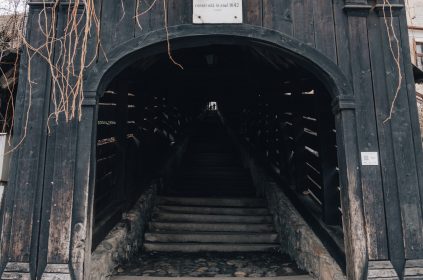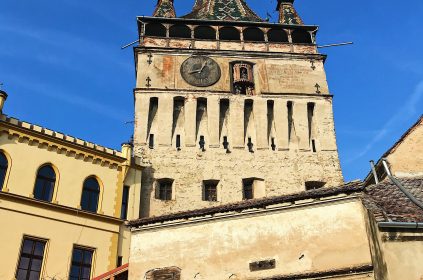Filled with historical monuments, Piata Mare is the historical centre of Sibiu and proof of its status as European Capital of Culture. Originally conceived as a grain market, it later became a place of public meetings and executions, although the pillar of infamy, where villains were stoned, no longer exists.
Strolling along the square you will admire a mixture of renovated houses from the 15th-17th centuries. Many have curiously shaped roofs, adorned with variously shaped gems, known as the eyes of the city.
It is the largest public market in the old town and witnessed the economic activities of the merchants of Sibiu. Citizens’ gatherings, fairs and even executions were held there. In 1703 Johann Sachs von Harteneck, a committee of the Saxons between 1691 and 1703, was beheaded in this square.
In the square there is a statue of Gheorghe Lazăr and a memorial plaque placed on the granite pavement in memory of the victims of the 1989 Revolution in Sibiu. In the past, the square was home to the statue of St John Nepomuk, which was moved during the communist regime to the inner courtyard of the Catholic Church in the main square.
On the pavement on the eastern side of the square, represented by a red stone circle, is the site of the Statue of Roland, attested in 1550 and demolished in the mid-18th century, the statue’s existence probably being older. Capital executions were held under the Roland Statue.
Last modified: November 14, 2022








